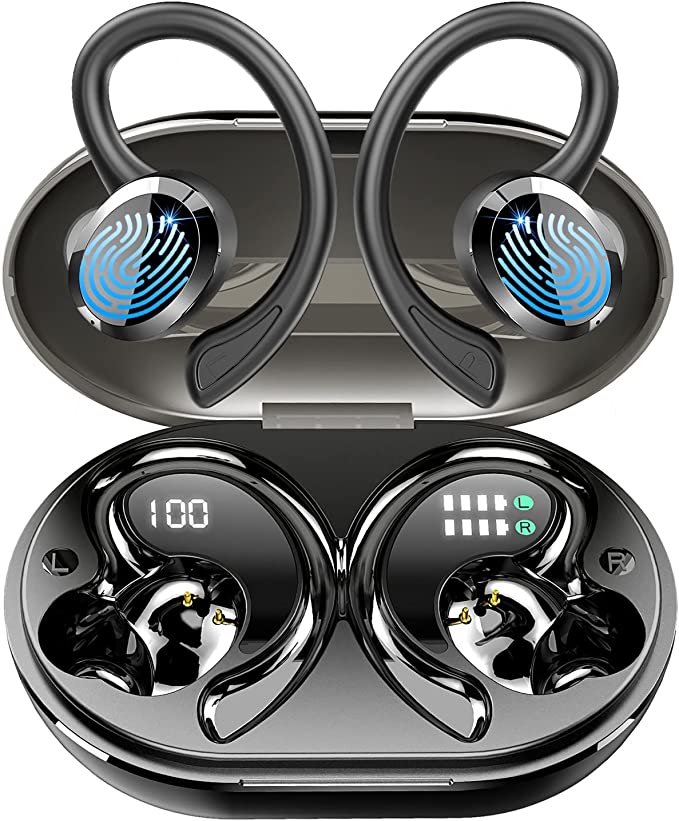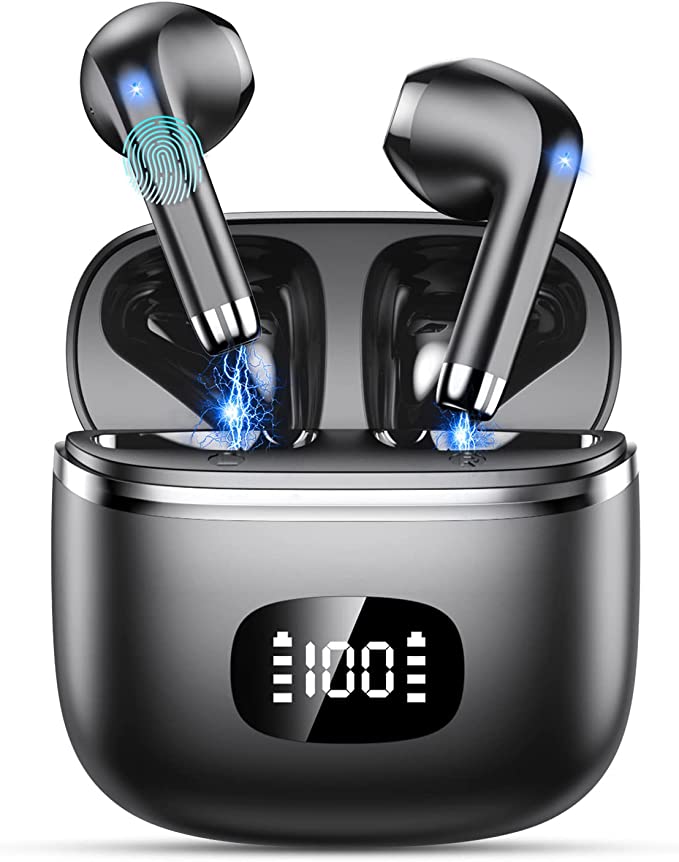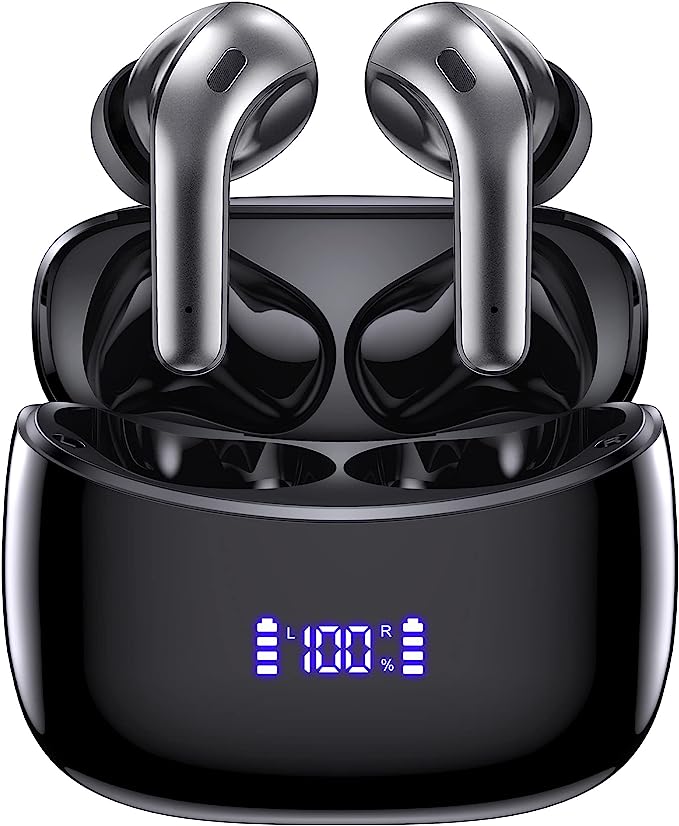The 7.1.4 Soundbar Explained: How Height Channels and Dolby Atmos Create True 3D Audio
Update on Oct. 30, 2025, 7:17 a.m.
You did it. You invested in a beautiful 4K, high-dynamic-range (HDR) television. The picture is stunning, with inky blacks and vibrant colors that pop off the screen. You cue up the latest blockbuster film, and while the visuals are breathtaking, the sound is… thin. Dialogue is hard to hear, explosions lack punch, and the entire experience feels flat.
Welcome to the modern home theater dilemma.
You know the solution is a soundbar, but as you start shopping, you’re hit with a dizzying array of numbers: 2.1, 5.1, 7.1, and now this new contender, 7.1.4.
What does 7.1.4 even mean? Is it just a marketing gimmick to sell more speakers, or is it a fundamental change in how we experience audio?
As your guide in this, let’s be clear: 7.1.4 is not just an incremental upgrade. It represents a different dimension of sound.
This article is your mentor-led guide. We’re going to demystify the numbers, explain the core technology that makes 7.1.4 possible, and break down how it all comes together in a modern system.

Decoding the Numbers: What “7.1.4” Actually Means
Let’s get this out of the way first. That string of numbers is a simple map of your sound system. Once you understand it, you’ll never be confused again.
- The “7” (The Horizontal Plane): This represents seven traditional surround sound channels. These are the speakers that operate on the same level as your ears, creating a 360-degree “horizontal” bubble of sound.
- Front Left, Center, Front Right: The front stage that anchors dialogue and on-screen action.
- Side Left, Side Right: Speakers that provide a sense of width and immersion.
- Rear Left, Rear Right: Speakers placed behind you to handle effects, fly-overs, and ambiance.
- The “1” (The Low End): This is the Low-Frequency Effects (LFE) channel, universally known as the subwoofer. It’s a dedicated speaker designed to reproduce only deep, rumbling bass frequencies. It’s what gives explosions a physical impact and music a powerful foundation.
- The “4” (The Game-Changer): This is the most important part. This number signifies four height channels. These are speakers dedicated to reproducing sound from above you, completing the 3D sound bubble.
This “height” element is the key difference. A 5.1 or 7.1 system can make a helicopter sound like it’s behind you. A 7.1.4 system can make it sound like it’s flying directly over your head.

The Real Leap: Channel-Based vs. Object-Based Audio
To understand why those four height channels matter so much, we need to talk about a fundamental shift in audio philosophy.
The Old Way: Channel-Based Audio (5.1/7.1)
For decades, surround sound was channel-based. Think of it like a stage play. A sound engineer mixing a 5.1 movie decided, “I want this explosion to come from the rear-left.” They would then “assign” that explosion sound to the rear-left speaker.
This was effective, but it was a simulation. You weren’t hearing an explosion in a 3D space; you were hearing a specific speaker being activated.
The New Way: Object-Based Audio (Dolby Atmos & DTS:X)
The technology that unlocks the potential of 7.1.4 systems is object-based audio, with Dolby Atmos being the most well-known format.
This is a complete paradigm shift. Instead of a stage play, think of it as a 3D video game engine.
A sound engineer no longer assigns a sound (like a bee) to a speaker. Instead, they place the bee in a three-dimensional virtual space and define its flight path. The bee is a sonic “object.”
When you play that movie at home, the Dolby Atmos processor in your soundbar or receiver acts as a “director” in real-time. It looks at the bee’s 3D coordinates and uses all available speakers—including your four new height channels—to render the bee’s sound in that exact position.
As the bee flies over your head, the processor smoothly transitions the sound from the front speakers, to the up-firing speakers, to the rear speakers.
This is the core concept: * Channel-based (5.1): You hear the speaker it’s assigned to. * Object-based (7.1.4): You hear the object where it’s supposed to be.
How Do You Get Sound From Above? The “How” of Height Channels
This is the next logical question. If you’re not cutting holes in your ceiling for “purist” discrete speakers, how does a soundbar create height?
The answer is a clever use of physics and psychoacoustics, primarily through up-firing drivers.
These are speakers, often built into the main soundbar and the rear surround units, that are angled to point at your ceiling. They project sound in a controlled, focused beam. This sound wave hits your ceiling and reflects down to your listening position.
An illustration of up-firing drivers, as seen in the ULTIMEA Nova S90, which reflect sound off a flat ceiling to create the perception of overhead audio.
Your brain, which is expertly trained to determine a sound’s location, perceives this reflected sound as originating from above you. It’s a brilliant and effective way to create a “virtual” height speaker without any new wiring or construction.
A quick mentor’s note: This effect works best with standard, flat, reflective ceilings (like drywall or plaster) between 8 and 12 feet high. Acoustic-tiled or heavily vaulted ceilings can diffuse the sound and make the effect less precise.

A Practical Case Study: Assembling the 7.1.4 “Sound Bubble”
So, how do all these pieces come together in one box? Let’s use a system like the ULTIMEA Nova S90 as a practical example of how a 7.1.4 “soundbar-in-a-box” is engineered.
A modern 7.1.4 system, such as the ULTIMEA Nova S90, bundles the main soundbar, a wireless subwoofer, and two wireless rear speakers to create a complete sound field.
A system like this is designed to create the full bubble by delegating tasks to specialized components.
-
The Front Stage (The Soundbar): This is the heart of the system. It handles the critical front channels. It typically contains multiple drivers, including a dedicated center channel (for clear dialogue), front left/right (for the main soundtrack and effects), and often side-firing speakers that bounce sound off your side walls to create a wider soundstage. Some, like this example, will also host two of the four up-firing height drivers.
-
The Low-Frequency Effects (The Subwoofer): The
.1. A dedicated, wireless subwoofer is crucial. Its wireless nature isn’t just for convenience; it allows you to place it in the “sweet spot” of your room (often a corner) where it produces the smoothest, deepest bass, regardless of where your TV is. -
The Rear & Height Stage (The Surround Speakers): This is what separates true surround from “virtual” surround. A 7.1.4 system must have dedicated rear speakers that sit behind you. In modern systems, these are also wireless (requiring only a power outlet). To complete the 7.1.4 map, these rear satellite speakers will contain the side-surround drivers, the rear-surround drivers, and the other two up-firing height drivers.
When you combine all these elements, you have a cohesive, 360-degree sound field with a true height dimension, all working in concert to place “objects” in space around you.

The One Cable You Absolutely Need: A Mentor’s Guide to eARC
You can have the best 7.1.4 system in the world, but it’s useless if you can’t get the audio signal to it. This is the final, critical piece of the puzzle, and it’s where many people get stuck.
You need to connect your TV to your soundbar, and not all HDMI ports are created equal.
- HDMI ARC (Audio Return Channel): This was the old standard. It was great for 5.1 audio, but it lacks the bandwidth (data speed) to handle the massive amount of information in an uncompressed Dolby Atmos soundtrack.
- HDMI eARC (Enhanced Audio Return Channel): This is the new standard and is essential for a true 7.1.4 experience. eARC has a much, much wider “data pipe,” allowing your TV to send the full, lossless, high-resolution Dolby Atmos signal to your soundbar.
For the best quality, connect your TV’s eARC port to the soundbar’s eARC port. This single HDMI connection, seen here on the Nova S90, provides the necessary bandwidth for uncompressed Dolby Atmos.
Here is your actionable takeaway: To get the best performance, you must plug your soundbar into the HDMI port on your TV labeled “eARC”. If your TV only has “ARC,” you can still get Dolby Atmos, but it will be a compressed version (Dolby Digital Plus). It’s still good, but eARC unlocks the system’s full potential.
Conclusion: You’re No Longer a Novice
The world of home theater audio can be intimidating, but it doesn’t have to be. The numbers all have a meaning, and the technology behind them is logical.
The move from 5.1 to 7.1.4 isn’t just about adding more speakers; it’s about embracing a new philosophy. It’s the leap from simulating surround sound in channels to reproducing a realistic 3D space with objects.
Now, when you see “7.1.4” on a box, you’re no longer a confused shopper. You’re an informed enthusiast. You understand that it means: * 7 horizontal channels for a 360-degree field. * 1 subwoofer for deep, impactful bass. * 4 height channels (likely up-firing) to create a vertical dimension.
You know that this system is built to handle object-based audio like Dolby Atmos, and you know that you need to use the eARC port to get the best possible quality. You are now equipped to make the right choice for your home.
Glossary of Key Terms
- 5.1/7.1: Channel-based surround sound configurations. The first number is the count of horizontal speakers (front, center, side, rear), and the “.1” is the subwoofer.
- 7.1.4: An object-based surround configuration that adds four (.4) height channels to a 7.1 setup.
- Dolby Atmos: The most popular object-based audio format. It treats sounds as “objects” in a 3D space, allowing for precise placement, including overhead.
- DSP (Digital Signal Processing): The “brain” inside the soundbar that analyzes, decodes, and “directs” audio signals (like Dolby Atmos) to the correct speakers.
- eARC (Enhanced Audio Return Channel): A high-bandwidth HDMI feature that allows the transmission of uncompressed, lossless audio (like true Dolby Atmos) from a TV to a soundbar or receiver.
- LFE (Low-Frequency Effects): The “.1” channel. A dedicated audio track in movies for deep bass sounds, reproduced by the subwoofer.
- Object-Based Audio: The modern approach to surround sound where sounds are treated as 3D “objects” rather than being assigned to specific speakers.
- Soundstage: A term for the perceived size and space of the audio. A wide soundstage makes it feel like the sound is coming from beyond the physical speakers.
- Up-Firing Driver: A speaker angled to bounce sound off the ceiling, creating the psychoacoustic perception of sound coming from above.


























































